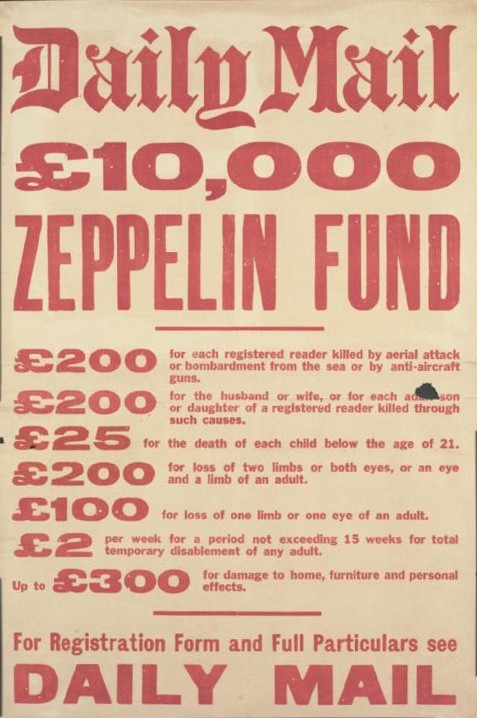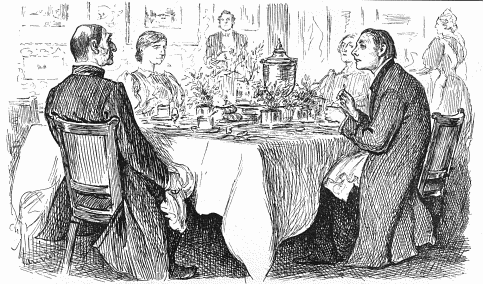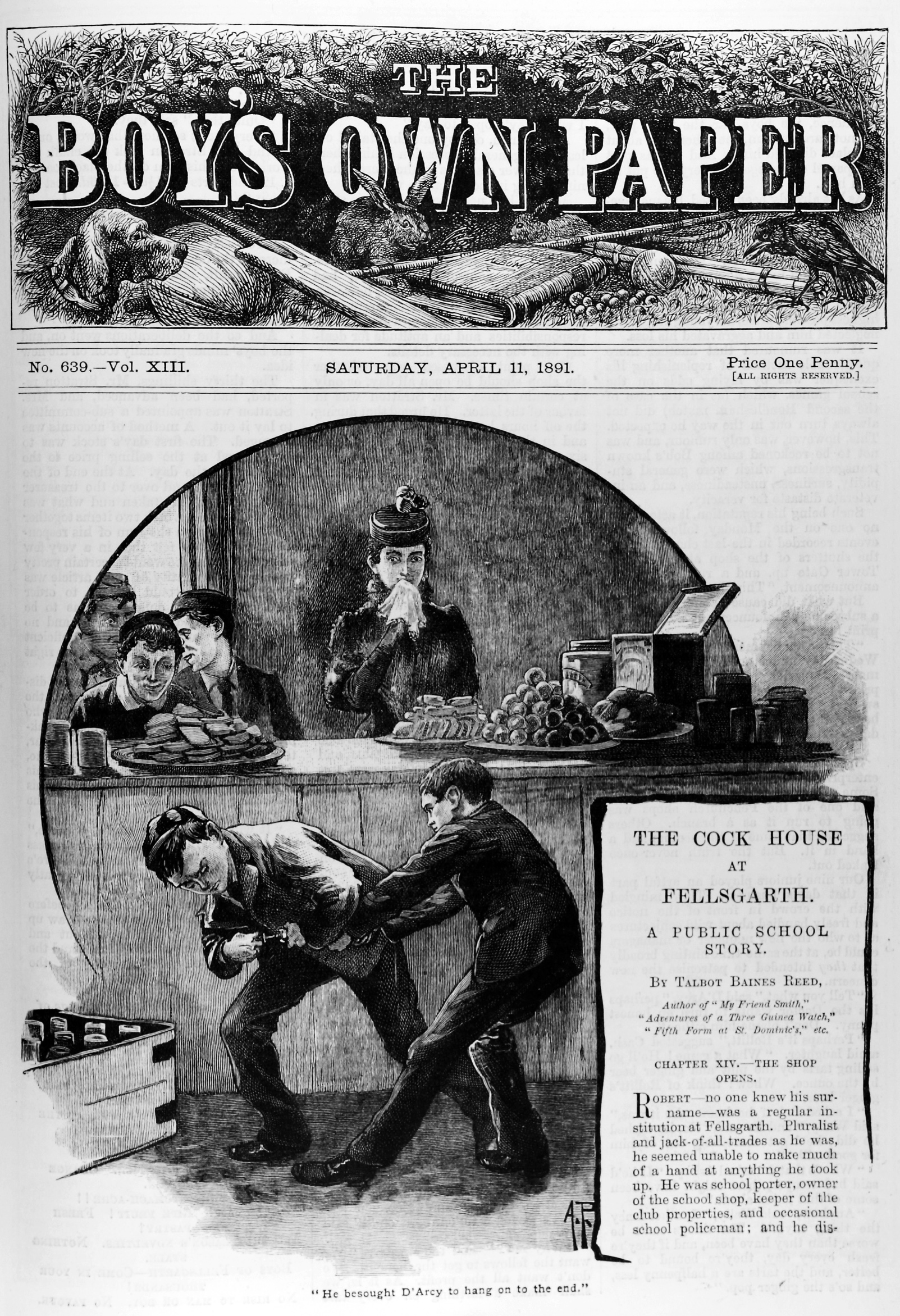|
Bouverie Street
Bouverie Street is a street in the City of London, off Fleet Street, which once was the home of some of Britain's most widely circulated newspapers as well as the Whitefriars Priory. The offices of the ''News Chronicle'',''Liberal Democrat News'' 15 October 2010, accessed 29 October 2010 a British daily paper, were based there until it ceased publication on 17 October 1960 after being absorbed into the ''Daily Mail''. The ''News of the World'' had its offices at No. 30 until its move to Wapping in the mid-1980s. Bouverie Street was also the location of the offices of ''Punch'' magazine until the 1990s, and for some decades of those of Lutterworth Press, one of Britain's oldest independent publishers, celebrated for ''The Boy's Own Paper'' and its sister ''The Girl's Own Paper''. The street's name comes from the landlords of the area, the Pleydell-Bouveries, Earls of Radnor. The Planet News Press Photo Agency was based at 8 Bouverie Street until the WWII Blitz forced them to ... [...More Info...] [...Related Items...] OR: [Wikipedia] [Google] [Baidu] |
Bouverie Street - Geograph
Bouverie may refer to: Place * Bouverie, Port Glasgow, Inverclyde, Scotland, United Kingdom * Bouverie Goddard * Bouverie Street People *Bouverie (surname) See also * des Bouverie * Pleydell-Bouverie * Bouwerie Bouwerie is a historic home located at Clermont in Columbia County, New York. The house was built in 1762 and is a large, two-story patterned-brick residence with a gambrel roof and rear frame wings. Also on the property are three interconnec ... * Bouveret syndrome (other) {{disambiguation, surname ... [...More Info...] [...Related Items...] OR: [Wikipedia] [Google] [Baidu] |
City Of London
The City of London is a city, ceremonial county and local government district that contains the historic centre and constitutes, alongside Canary Wharf, the primary central business district (CBD) of London. It constituted most of London from its settlement by the Romans in the 1st century AD to the Middle Ages, but the modern area named London has since grown far beyond the City of London boundary. The City is now only a small part of the metropolis of Greater London, though it remains a notable part of central London. Administratively, the City of London is not one of the London boroughs, a status reserved for the other 32 districts (including Greater London's only other city, the City of Westminster). It is also a separate ceremonial county, being an enclave surrounded by Greater London, and is the smallest ceremonial county in the United Kingdom. The City of London is widely referred to simply as the City (differentiated from the phrase "the city of London" by ca ... [...More Info...] [...Related Items...] OR: [Wikipedia] [Google] [Baidu] |
Fleet Street
Fleet Street is a major street mostly in the City of London. It runs west to east from Temple Bar at the boundary with the City of Westminster to Ludgate Circus at the site of the London Wall and the River Fleet from which the street was named. The street has been an important through route since Roman times. During the Middle Ages, businesses were established and senior clergy lived there; several churches remain from this time including Temple Church and St Bride's. The street became known for printing and publishing at the start of the 16th century, and it became the dominant trade so that by the 20th century most British national newspapers operated from here. Much of that industry moved out in the 1980s after News International set up cheaper manufacturing premises in Wapping, but some former newspaper buildings are listed and have been preserved. The term ''Fleet Street'' remains a metonym for the British national press, and pubs on the street once frequented by jo ... [...More Info...] [...Related Items...] OR: [Wikipedia] [Google] [Baidu] |
News Chronicle
The ''News Chronicle'' was a British daily newspaper. Formed by the merger of '' The Daily News'' and the ''Daily Chronicle'' in 1930, it ceased publication on 17 October 1960,''Liberal Democrat News'' 15 October 2010, accessed 15 October 2010 being absorbed into the ''Daily Mail''. Its offices were at 12/22, Bouverie Street, off Fleet Street, London, EC4Y 8DP, England. ''Daily Chronicle'' The ''Daily Chronicle'' was founded in 1872. Purchased by Edward Lloyd for £30,000 in 1876, it achieved a high reputation under the editorship of Henry Massingham and Robert Donald, who took charge in 1904. Owned by the Cadbury family, with Laurence Cadbury as chairman,Dennis Griffiths (ed.) ''The Encyclopedia of the British Press 1422–1992'', London and Basingstoke: Macmillan, 1992, p.437 the ''News Chronicle'' was formed by the merger of the '' Daily News'' and the ''Daily Chronicle'' on 2 June 1930, [...More Info...] [...Related Items...] OR: [Wikipedia] [Google] [Baidu] |
Daily Mail
The ''Daily Mail'' is a British daily middle-market tabloid newspaper and news websitePeter Wilb"Paul Dacre of the Daily Mail: The man who hates liberal Britain", ''New Statesman'', 19 December 2013 (online version: 2 January 2014) published in London. Founded in 1896, it is the United Kingdom's highest-circulated daily newspaper. Its sister paper ''The Mail on Sunday'' was launched in 1982, while Scottish and Irish editions of the daily paper were launched in 1947 and 2006 respectively. Content from the paper appears on the MailOnline website, although the website is managed separately and has its own editor. The paper is owned by the Daily Mail and General Trust. Jonathan Harmsworth, 4th Viscount Rothermere, a great-grandson of one of the original co-founders, is the current chairman and controlling shareholder of the Daily Mail and General Trust, while day-to-day editorial decisions for the newspaper are usually made by a team led by the editor, Ted Verity, who succeede ... [...More Info...] [...Related Items...] OR: [Wikipedia] [Google] [Baidu] |
News Of The World
The ''News of the World'' was a weekly national Tabloid journalism#Red tops, red top Tabloid (newspaper format), tabloid newspaper published every Sunday in the United Kingdom from 1843 to 2011. It was at one time the world's highest-selling English-language newspaper, and at closure still had one of the highest English-language circulations. It was originally established as a broadsheet by John Browne Bell, who identified crime, sensation and vice as the themes that would sell most copies. The Bells sold to Henry Lascelles Carr in 1891; in 1969 it was bought from the Carrs by Rupert Murdoch's media firm News Limited. Reorganised into News International, a subsidiary of News Corporation, the newspaper was transformed into a Tabloid (newspaper format), tabloid in 1984 and became the Sunday sister paper of ''The Sun (United Kingdom), The Sun''. The ''News of the World'' concentrated in particular on celebrity scoops, gossip and populist news. Its somewhat prurient focus on sex sca ... [...More Info...] [...Related Items...] OR: [Wikipedia] [Google] [Baidu] |
Wapping Dispute
The Wapping dispute was a lengthy failed strike by print workers in London in 1986. Print unions tried to block distribution of ''The Sunday Times'', along with other newspapers in Rupert Murdoch's News International group, after production was shifted to a new plant in Wapping in January 1986. At the new facility, modern computer facilities allowed journalists to input copy directly, rather than involving print union workers who used older " hot-metal" Linotype printing methods. All of the workers were dismissed. The failure of the strike was devastating for the print union workers, and it led both to a general decline in trade union influence in the UK, and to a widespread adoption of modern newspaper publishing practices. Political significance Along with the miners' strike of 1984–85, the Wapping dispute was a significant defeat in the history of the British trade union movement. The 51-week miners' strike of 1984–85 was followed a year later by the 54-week "Wapping ... [...More Info...] [...Related Items...] OR: [Wikipedia] [Google] [Baidu] |
Punch (magazine)
''Punch, or The London Charivari'' was a British weekly magazine of humour and satire established in 1841 by Henry Mayhew and wood-engraver Ebenezer Landells. Historically, it was most influential in the 1840s and 1850s, when it helped to coin the term " cartoon" in its modern sense as a humorous illustration. From 1850, John Tenniel was the chief cartoon artist at the magazine for over 50 years. After the 1940s, when its circulation peaked, it went into a long decline, closing in 1992. It was revived in 1996, but closed again in 2002. History ''Punch'' was founded on 17 July 1841 by Henry Mayhew and wood-engraver Ebenezer Landells, on an initial investment of £25. It was jointly edited by Mayhew and Mark Lemon. It was subtitled ''The London Charivari'' in homage to Charles Philipon's French satirical humour magazine ''Le Charivari''. Reflecting their satiric and humorous intent, the two editors took for their name and masthead the anarchic glove puppet, Mr. Punch, of Punc ... [...More Info...] [...Related Items...] OR: [Wikipedia] [Google] [Baidu] |
The Boy's Own Paper
''The Boy's Own Paper'' was a British story paper aimed at young and teenage boys, published from 1879 to 1967. Publishing history The idea for the publication was first raised in 1878 by the Religious Tract Society, as a means to encourage younger children to read and to instill Christian morals during their formative years. The first issue was published on 18 January 1879. The final issue, a "Special Souvenir Edition, Price 2/-", was dated February 1967 and was published on 27 January 1967. It was a facsimile reprint of the first issue, complete with adverts. It had a panel on the front cover giving a very brief history and stating that it would "appear in future as the BOY'S OWN ANNUAL, edited by Jack Cox". The paper was published weekly in a cycle which followed the school year (Autumn through to Summer) until November 1913, when it became monthly. In total, 2511 issues of the paper were published. There was an extra Christmas Number (edition) of the magazine from 1884–85 ... [...More Info...] [...Related Items...] OR: [Wikipedia] [Google] [Baidu] |
The Girl's Own Paper
''The Girl's Own Paper'' (''G.O.P.'') was a British story paper catering to girls and young women, published from 1880 until 1956. Publishing history The first weekly number of ''The Girl's Own Paper'' appeared on 3 January 1880. As with its male counterpart ''The Boy's Own Paper'', the magazine was published by the Religious Tract Society (which subsequently became Lutterworth Press). It was sold at a price of 1 penny. In October 1929, the title became ''The Girl's Own Paper and Woman's Magazine'' but in 1930 the ''Woman's Magazine'' became a separate publication. In December 1947 the name was changed to ''The Girl's Own Paper and Heiress''. By 1951 it was called ''Heiress incorporating the Girl's Own Paper''. In 1956 ''Heiress'' closed down, and the name "Girl's Own Paper" ceased to exist. Facsimile reprints of volume 1 to 4 were published by Eureka Press, Japan, in 2006. Several editions are available online from Project Gutenberg. Contents The story paper provided a mi ... [...More Info...] [...Related Items...] OR: [Wikipedia] [Google] [Baidu] |
Pleydell-Bouverie
Pleydell-Bouverie is an English surname, and may refer to: * Edward Pleydell-Bouverie (1818–1889), British politician * Jacob Pleydell-Bouverie, 2nd Earl of Radnor (1750–1828), Lord Lieutenant of Berkshire * Duncombe Pleydell-Bouverie (1780–1850), British admiral and Whig politician. * Jacob Pleydell-Bouverie, 4th Earl of Radnor (1815–1889), Lord Lieutenant of Wiltshire * William Pleydell-Bouverie, 5th Earl of Radnor (1841–1900), MP and Treasurer of the Household * Jacob Pleydell-Bouverie, 6th Earl of Radnor (1868–1930), Lord Lieutenant of Wiltshire * William Pleydell-Bouverie, 7th Earl of Radnor (1895–1968), High Sheriff of Hertfordshire * Jacob Pleydell-Bouverie, 8th Earl of Radnor Jacob Pleydell-Bouverie, 8th Earl of Radnor (10 November 1927 – 10 August 2008) was a British nobleman. He was the son of William Pleydell-Bouverie, 7th Earl of Radnor and Helena Olivia Adeane. He married, firstly, Anne Garden Seth-Smith, daug ... (1927–2008), earl in the Peerage of ... [...More Info...] [...Related Items...] OR: [Wikipedia] [Google] [Baidu] |
Earl Of Radnor
Earl of Radnor, in the County of Wiltshire, is a title which has been created twice. It was first created in the Peerage of England in 1679 for John Robartes, 2nd Baron Robartes, a notable political figure of the reign of Charles II. The earldom was created for a second time in the Peerage of Great Britain in 1765 when William Bouverie, 2nd Viscount Folkestone, was made Earl of Radnor. The Bouverie family descends from William des Bouverie, a prominent London merchant. He was created a baronet of St Catherine Cree Church, London, in the Baronetage of Great Britain in 1714. His eldest son, the second Baronet, represented Shaftesbury in the House of Commons. He was succeeded by his younger brother, the third Baronet. He sat as Member of Parliament for Salisbury until he was raised to the Peerage of Great Britain as Baron Longford and Viscount Folkestone in 1747. His son, the second Viscount, also represented Salisbury in Parliament. In 1765 he was made Baron Pleydell-Bouve ... [...More Info...] [...Related Items...] OR: [Wikipedia] [Google] [Baidu] |







